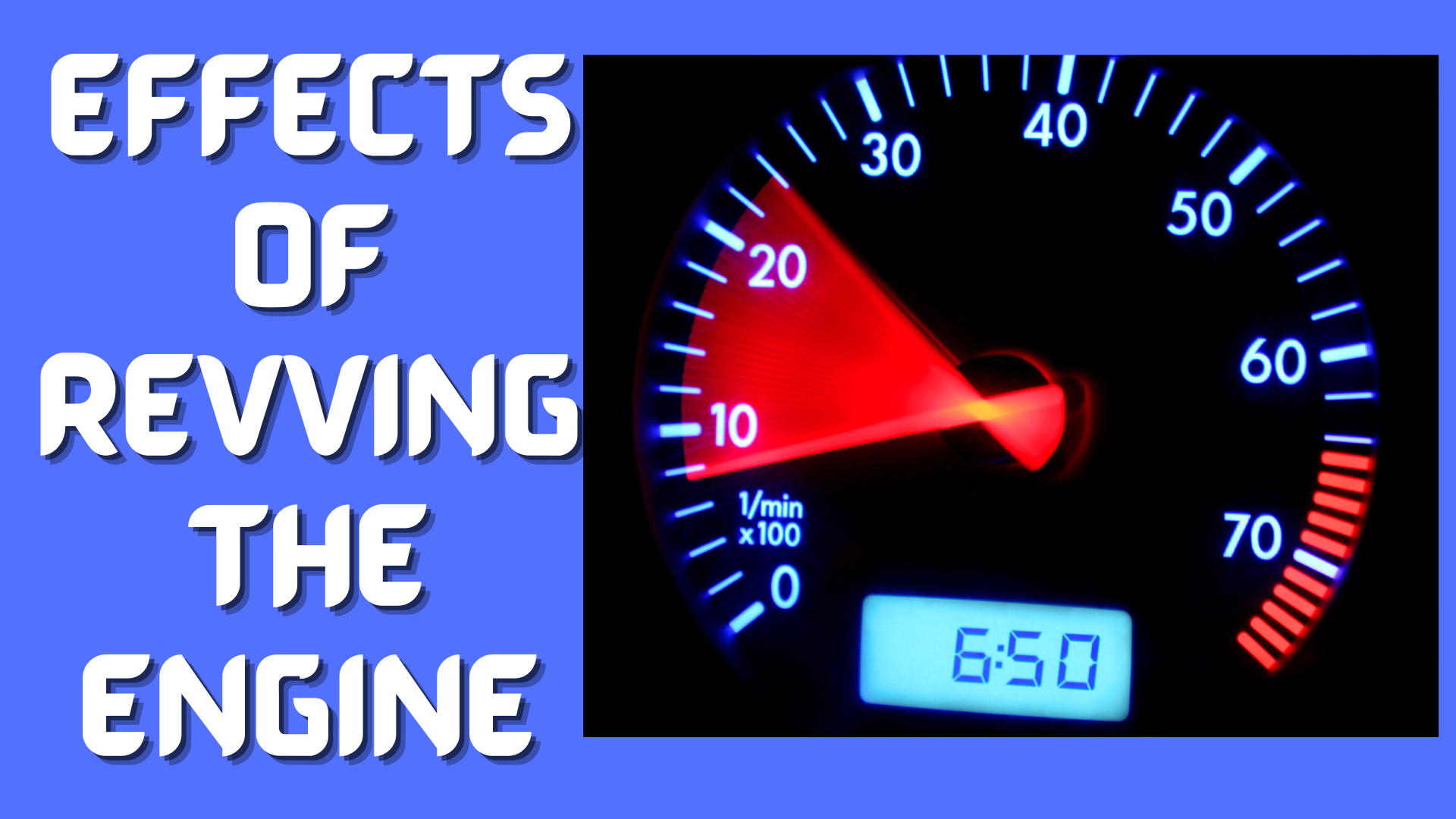Is Revving Truck Engine Good or Bad?
Is revving truck engine good or bad? Sometimes it can be tempting to drive your truck in the red. Over-revving can cause serious damage to the components of your engine and the entire truck. Every truck engine has a maximum RPM, which you can increase by tuning and modifying other engine components. There will be a point the engine will not be able to turn faster without damaging itself. Let us delve deeper in this guide and find out the effects of revving a truck engine.
Is Revving Truck Engine Good or Bad?
A well-tuned truck engine can go up to more than 6,000 RPM. As much as you tune your engine, it will always have the maximum RPM. Factors such as the airflow, engine displacement, and bore and stroke of the pistons can affect your truck’s RPM.
Air Flow
For an engine to generate power to propel your truck, it relies on the explosions in the cylinder. There must be ignition, fuel, and air for the explosions to occur. Some truck owners will add a hood scoop or cold air intake to increase the airflow or reduce the temperature of the air which goes to the engine. Doing this increases propulsion per every explosion. When airflow is increased, the available air in the engine will lead to a limitation in airflow.
Engine Displacement
Various auto-makers refer to the engine displacement in terms of liters, the total volume of the engine’s cylinders. The engine displacement can limit your maximum RPM, although more engine displacement creates more power and torque.
Piston Stroke
Stroke refers to the up and downward motion of the piston to generate power in the cylinder. In most trucks, the pistons make four distinct motions, intake, compression, combustion, and exhaust. These four strokes require minimal time, but time can be a limiting factor.
Results of Revving Truck Engine
Over-revving your engine can lead to serious consequences. Even if you do it for a second, you will experience some of these results.
Damaged Valve Train
When you rev your truck engine more, the valve train will not be able to close, leading to valve float. Valve float is a condition where your valve is stuck between close and open. In such a scenario, your truck will lose power. Valve float is a quiet problem but can escalate to major issues in the future. You can tell a floating valve when your engine misfires or loses power at high speed.
Throwing a Connecting Rod
A catastrophic sign of engine failure is throwing a connecting rod. Connecting rods are metals similar to wrench that connects the piston to the crankshaft. The connecting rods are between the pistons and the crankshaft. It is an important component that ensures that the power from the engine reaches the transmission system—throwing connecting rod results from over-revving your engine.
Clutch Damage
The clutch connects the wheels of your truck to the engine. The clutch takes the direct damage when the RPM of your truck is high.
Final Thoughts
So, is revving truck engine good or bad? After going through the guide above, we have seen that revving the engine of your truck has several advantages. Increasing horsepower is the dominant one. Overrevving your truck’s engine can cause serious problems that can be costly to fix. It is fun to rev your truck, but do it while bearing the consequences.

